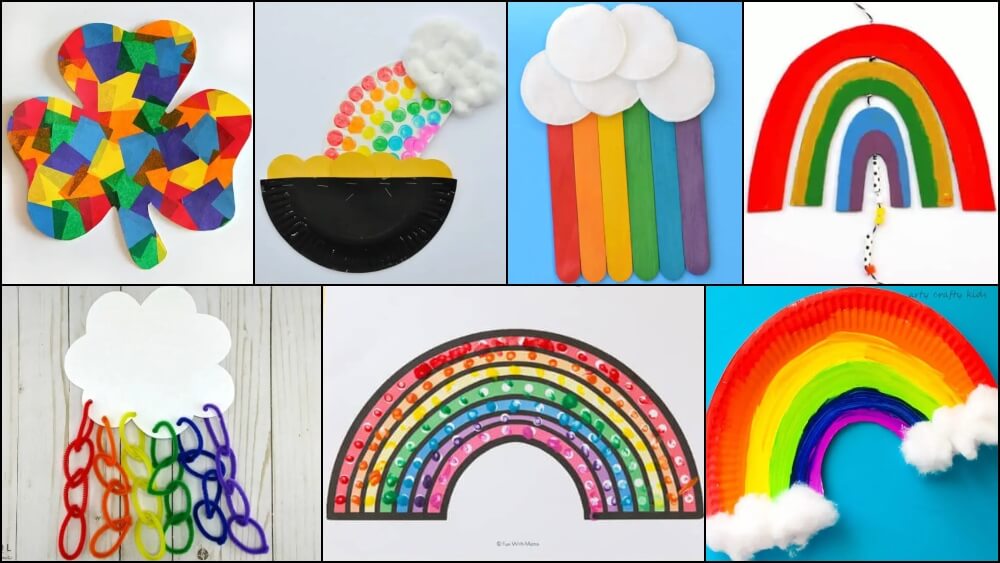Motion and Measurement of Distances

- Before the wheel was invented, people in ancient times used to move from one place to another either by walking or by using animals for transportation.
- Then steam engines were developed in the early 19th century which made it easier to carry goods at different places.
- Later came automobiles such as cars, trucks, buses etc..
- After these aeroplanes were developed to carry passengers and goods.
- So according to the earliest to latest invented transports are steam engines , automobiles, motorised boats and ships, aeroplanes, electric trains, monorails, supersonic aeroplanes, spacecrafts.
Contents
What is Distance?
- Distance is the total path travelled by an object.
- Distance is a scalar quantity.
What do you mean by Measurement?
- Measurement is the comparison of an unknown quantity with some known quantity.
- It is used to determine the size of object.
- The known fixed quantity is called an unit.
- Measurement is expressed in 2 parts : One is ‘Number’ and the other one is the ‘Unit’ of measurement.
- For example ; A person height is 6 feet, so here 6 is the Number and feet is the Unit.
Standard Unit Of Measurement:
- It is the unit of measurement which helps us to measure height, width, length etc ..of a particular thing.
- It is called standard because it doesn’t vary from person to person and remains uniform.
- In short it is written as SI Units.
- Some example of SI units are: SI unit of Length is Metre (m) , SI unit of Time is second (s), SI unit of Power is Watt (W) etc..
- 1 m = 100 cm
- For measuring large distance , we measure it through larger unit of length called Kilometre (km).
- 1 km = 1000 m
- We can measure small distances by our scale in geometry box.
- In the scale , the units are given in centimeters (cm).
- We can measure an object by placing the scale in contact with the object from it’s one end to the other end.
Now, let’s solve a question ; The height of a person is 1.65 m . We have to express it into cm and mm .
Method- height of person= 1.65 m
1 m= 100 cm
so, 1.65*100 = 165 cm
In millimeter it would be ; 1 m = 1000 mm
so, 1.65 * 1000 = 1650 mm
What is Motion:
- Motion is everywhere around us,
- Motion is a phenomenon which changes it’s position over time.
- For example; While going to school through school bus, a bus takes different directions in different point of time , or while dancing you switch positions in different interval of time.
Types of Motion:
- Rectilinear Motion: It is the motion taking place in a Straight Line where velocity remains constant. For example ; A man walking on a straight road, Driving in one direction etc..
- Circular Motion: It is the movement of an object around circular path or rotation along a circular path. For example; A child riding a round swing, motion of fan when we on it etc..
- Rotational Motion : When the object starts spinning on it’s own axis it is called Rotational Motion. For example; Rotation of earth about it’s own axis, rotating blades of a helicopter etc..
- Periodic motion : The motion where the objects repeats it’s motion on a regular cycle after a fixed interval of time. For example; A pendulum, satellite orbiting our planet etc..
The difference between circular motion and rotational motion is that circular motion is a type of rotational motion. Rotational motion is always used for a whole body and not as a point whereas Circular motion is the similar motion where the body has been considered as a point object.






Responses